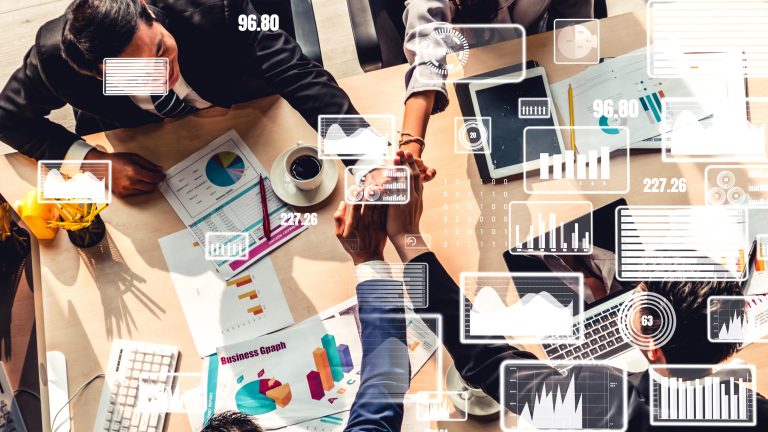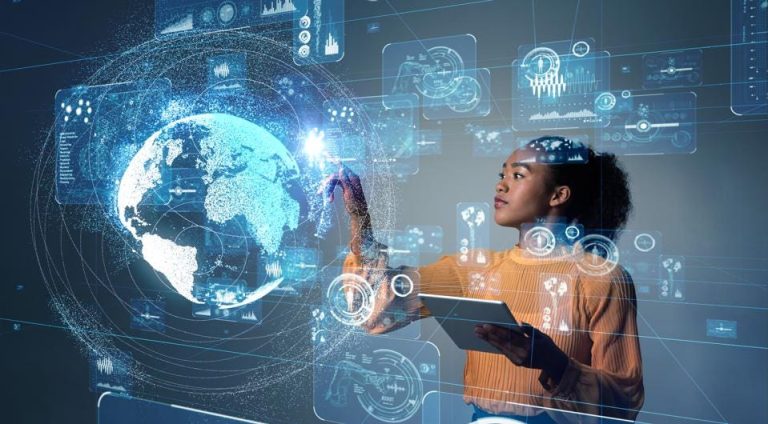As businesses embrace digital transformation, Human Resources (HR) departments are increasingly managing sensitive employee data, from personal information to payroll and performance records. However, with the rise of cyber threats, ensuring this data is protected has never been more crucial. HR departments play a vital role in strengthening a company’s cybersecurity posture by adopting robust security practices and educating employees about the risks. This article explores how HR can safeguard both employee data and the organization’s reputation in an era of growing cyber threats.
The Growing Cybersecurity Threat to HR
In recent years, data breaches and cyberattacks have become more common, and HR departments are prime targets for hackers. The personal, financial, and medical information they handle makes HR systems attractive to cybercriminals. According to the 2023 Data Breach Investigations Report (DBIR) by Verizon, phishing remains one of the most prevalent methods of cyberattack, with HR and finance departments often being among the most targeted.
HR teams are tasked with processing vast amounts of confidential information about employees, including Social Security numbers, bank account details, medical histories, and employment records. A breach of this data can result in severe consequences, such as identity theft, financial fraud, and significant reputational damage for the company.
Key Cybersecurity Practices HR Should Implement
1. Protecting Employee Data with Encryption
One of the most effective ways to secure sensitive HR data is through encryption. Encryption ensures that even if hackers gain access to your system, the data they steal is unreadable without the decryption key. HR departments should use encryption for both stored data (on servers, cloud systems, etc.) and data in transit (during email exchanges or file transfers).
Additionally, HR should ensure that third-party vendors who handle employee data also adhere to strict encryption standards. This protects sensitive information shared across platforms, such as payroll services or benefits providers.
2. Implementing Multi-Factor Authentication (MFA)
Multi-factor authentication (MFA) is a simple yet powerful tool to add an extra layer of protection for HR systems. By requiring users to provide multiple forms of verification—such as a password plus a one-time code sent to their phone or email—MFA makes it more difficult for hackers to gain unauthorized access. HR personnel should require MFA for accessing HR software, employee records, and email accounts, reducing the risk of credential-based attacks.
3. Employee Awareness Training
Humans are often the weakest link in cybersecurity, making employee education an essential aspect of protecting HR systems. HR departments should regularly conduct training sessions that cover topics like identifying phishing emails, creating strong passwords, and understanding the risks of using personal devices for work.
Encouraging employees to report suspicious activity immediately can help prevent small security lapses from becoming major breaches. HR should also regularly update training materials to address new cyber threats and ensure employees are equipped to recognize the latest attack tactics.
4. PAM Solutions: Enhancing Security and Compliance
Privileged Access Management (PAM) solutions are crucial for safeguarding an organization’s most sensitive systems and data by controlling and monitoring access to privileged accounts. These accounts, typically used by administrators and IT staff, have elevated rights and can access critical systems, making them prime targets for cybercriminals. PAM solutions enforce strict access controls, ensuring that only authorized users can access these accounts and only when necessary. By doing so, they reduce the risk of insider threats and external attacks, ensuring sensitive systems and data remain protected.
In addition to securing privileged accounts, PAM solutions offer robust auditing and monitoring capabilities, providing businesses with a clear audit trail of who accessed what and when. This helps organizations maintain compliance with industry regulations and standards while enhancing overall security posture. PAM tools also often include features such as session recording and real-time alerts, allowing for quick detection of unauthorized activities and providing valuable insights into potential vulnerabilities. By implementing a comprehensive PAM solution, businesses can effectively mitigate the risks associated with privileged access, ensuring that only trusted personnel can perform critical tasks in a controlled and secure manner.
5. Securing Employee Onboarding and Offboarding Processes
Employee onboarding and offboarding are critical moments where security risks can arise. HR departments must ensure that when new employees are onboarded, they are given secure access to necessary systems and data, and that their access to company resources is promptly revoked when they leave.
This process should include deactivating email accounts, disabling access to HR software, and ensuring that any personal data is appropriately handled. Offboarding procedures should also include exit interviews to confirm that no sensitive data is being taken or misused.
6. Data Backup and Disaster Recovery Plans
A data breach or cyberattack can result in lost or corrupted data, which can disrupt HR operations. To mitigate this risk, HR should regularly back up employee data and implement disaster recovery protocols. Cloud-based HR platforms typically offer built-in backup solutions, but it’s essential to ensure that all data—especially records stored on physical servers or external systems—is regularly backed up.
Having a solid recovery plan in place allows HR to quickly restore data in the event of a breach, minimizing downtime and potential legal or financial consequences.
7. Compliance with Data Protection Regulations
HR departments are subject to various data protection laws, including GDPR (General Data Protection Regulation), HIPAA (Health Insurance Portability and Accountability Act), and CCPA (California Consumer Privacy Act). These regulations mandate strict guidelines for how employee data should be handled, stored, and shared.
HR teams must ensure that their cybersecurity practices align with these regulations to avoid costly fines and legal issues. Regular audits and compliance checks are crucial to stay ahead of evolving requirements.
The Role of HR in Cybersecurity Culture
Beyond implementing technical security measures, HR departments must play a pivotal role in shaping the organization’s overall cybersecurity culture. By fostering an environment of vigilance and responsibility, HR can help employees recognize the importance of cybersecurity and motivate them to follow best practices.
HR should actively collaborate with the IT and cybersecurity teams to ensure that security policies are enforced across the entire organization. Promoting a culture of cybersecurity awareness can lead to a more secure workplace and reduce the risk of cyberattacks targeting HR systems.
Conclusion
As the custodians of sensitive employee information, HR departments have a unique responsibility to safeguard data against cyber threats. By adopting strong security practices, educating employees, and collaborating with other departments, HR can play an essential role in maintaining a secure workplace. Investing in cybersecurity now not only protects valuable data but also strengthens the overall integrity and trustworthiness of the organization.
In today’s rapidly evolving digital landscape, HR must stay proactive and prepared to defend against emerging threats. With the right tools, training, and mindset, HR teams can lead the charge in protecting both employee privacy and organizational assets from cybercriminals.
Guest writer.
























